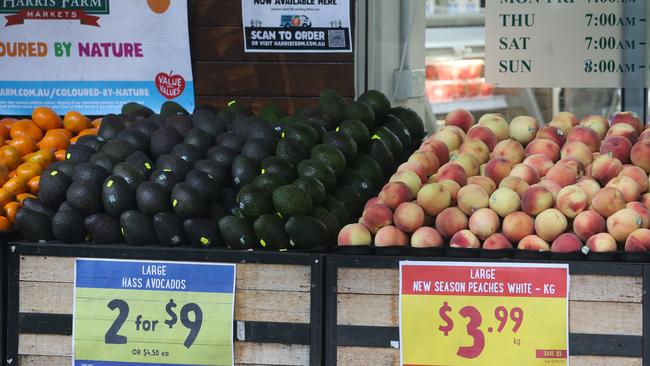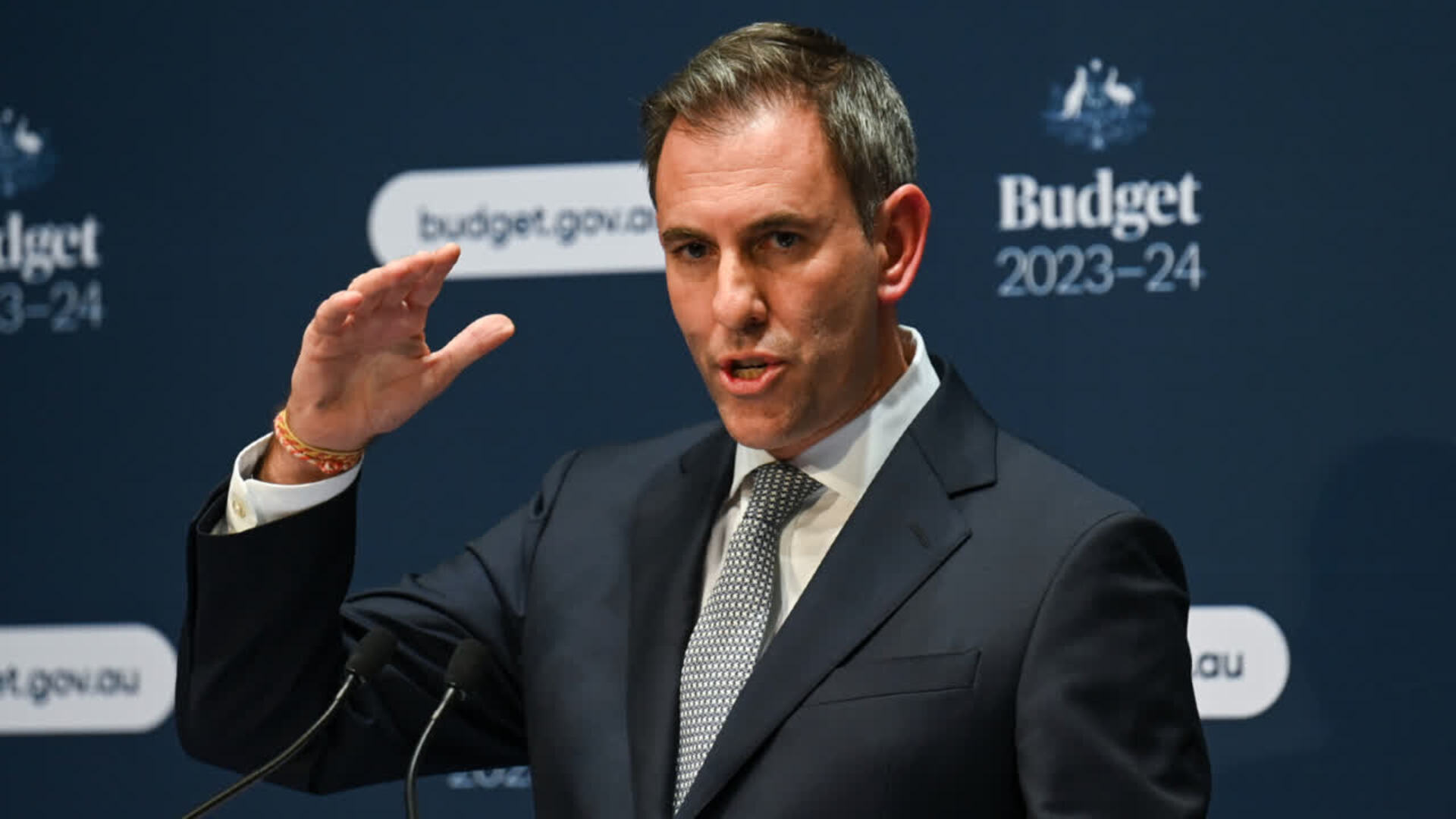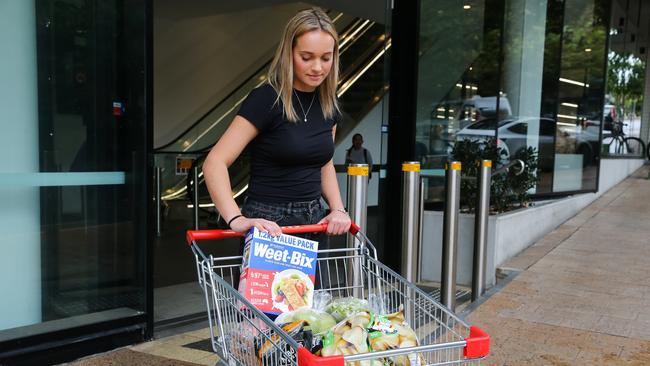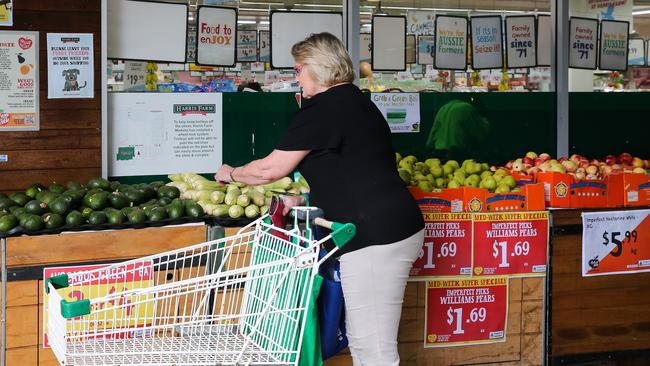‘Price hikes in every direction’: Insane grocery price hike revealed
Just how much extra Aussie families will pay to put food on the table this year has been revealed as cost-of-living pressures continue to bite.

Business Breaking News
Don't miss out on the headlines from Business Breaking News. Followed categories will be added to My News.
Australian households are bracing for higher grocery prices that will add on average $1000 to the yearly bill.
The average household will spend $213.64 a week compared with $191.66 in 2024, according to Compare the Market research, adding a further strain on Aussies’ back pockets.
This means households are paying about 11 per cent more in just 12 months.

Compare the Market’s Sarah Orr said even small increases were adding up for families struggling to balance their household budgets.
“It doesn’t matter what aisle you’re walking down – price hikes are coming from almost every direction at the supermarket,” Ms Orr said.
“The cost of everyday items like coffee and chocolate have surged due to supply issues, making it hard for Aussies to avoid the sting.”
Canstar says the grocery habits of Aussies differ state by state, with Queenslanders set to spend more on groceries compared with any other state.

The survey data shows the average Queenslander now spends $38.17 more on groceries than they did last January – a 22.3 per cent rise or $1984.84 annually.
It’s a similar story in Western Australia, where the weekly spend on groceries has jumped about $36 year-on-year.
At the other end of the scale, NSW and Victoria have the smallest grocery shop increases, sitting at just shy of 9 per cent each.
The average home in NSW is still spending about $882 extra on groceries a year, while it’s slightly higher at $915 in Victoria.

According to Coles Q1 results, grocery inflation is 1 per cent compared with the year prior, with dairy, meat, homecare, health and beauty prices all falling.
“As cost of living remains a challenge for many of our customers, we are focused on helping them find value in our stores through weekly specials, value campaigns, Flybuys and exclusive brands,” a Coles spokesperson told NewsWire.
“Grocery prices are heavily influenced by inflationary factors, including rising costs of ingredients and other commodities, rent, fuel and transport.”
Similar to Coles, Woolworths is reporting a slight decrease in the average price of groceries in Q1.

“We know Australian families are continuing to feel the strain of ongoing inflation across a range of different costs in the household budget, and we’re focused on doing what we can to help their weekly grocery spend go further,” a Woolworths spokesperson told NewsWire.
Ms Orr said there were other reasons people might be spending more at the supermarket.
“We know that Aussies are cutting back on small luxuries like dinners out and takeaway meals, which means they are also cooking more at home,” she said.
“Instead of buying lunch at work, they may be planning ahead and freezing meals for the week. All this leads to a much fuller trolley and a longer grocery bill.
“We have also seen bill relief in the form of things like energy rebates and cheaper public transport in Queensland which has helped free up some cash for other essentials.”
Originally published as ‘Price hikes in every direction’: Insane grocery price hike revealed


